When it comes to Linux, the desktop environment is a big deal.
A desktop environment makes up the graphical user interface (GUI) along with a set of applications that you get on your Linux distribution.
You can go through our article explaining what a desktop environment is.
Choosing a good desktop environment can help you improve productivity, workflow, ease of use, and the overall experience.
And, among the best desktop environments, KDE Plasma and GNOME are particularly popular. Here, I plan to highlight the key differences to help you decide.
Note: KDE is the entire community of people working on various projects under its umbrella. And, the desktop environment is Plasma. Here, we compare the Plasma desktop with GNOME. However, for simplicity, we tend to use “KDE” instead of “Plasma”.
The User Interface: Functionality vs Look
The user interface generally involves the type of layout, icons, theme, widgets, and other components of a GUI.
The Plasma desktop aims to provide a traditional desktop layout that’s comfortable for most Windows users.
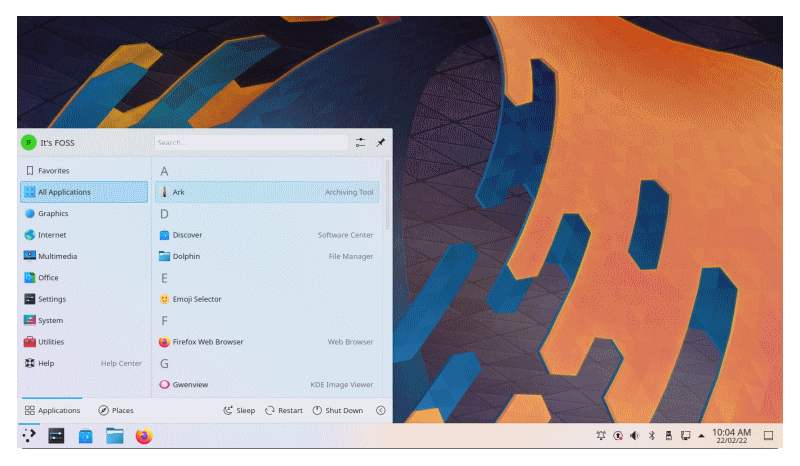
Don’t let that fool you, though—it is simple to look at but focused on more functionalities.
In fact, Windows has taken inspiration from KDE for some of its UI improvements, like the ability to adjust the volume by scrolling the volume icon in the taskbar.

And, KDE is known for its consistent look and feel, even with numerous improvements over the years.
GNOME, on the other hand, provides a unique desktop experience. GNOME should suit you well if you are looking for a different and modern user interface design.
The icons/theme/wallpapers may look better regarding modern standards. There’s a take on preferences, but GNOME looks more attractive, in my opinion.
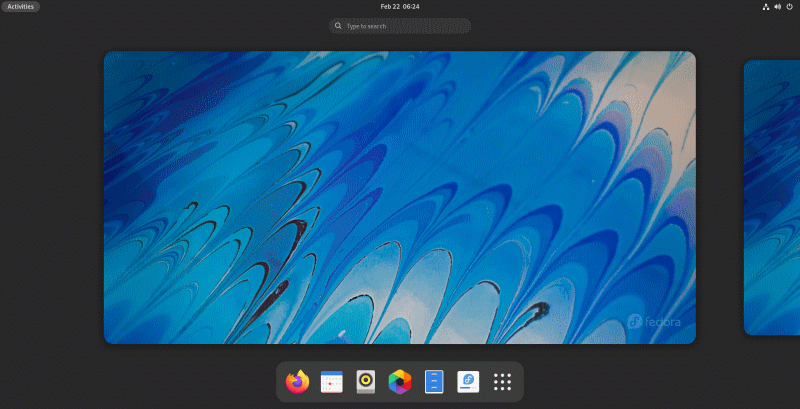
However, adjusting the workflow could take a while if you are already comfortable with the traditional Windows-like layout.
There’s no start/app/menu button here; you have to click on the Activity Overview to access your workspaces (or virtual desktops) and access the app menu from the same place.
To some, it might look cleaner without a taskbar, but it is up to your preferences.
Note that the UI may not be as functional and rich compared to KDE. For instance, the widgets in the system tray offer way more options than you get with the applets on GNOME.
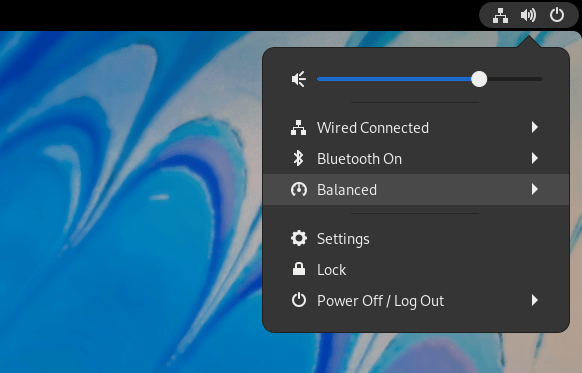
So, in terms of UI, KDE vs GNOME does not have a clear winner but depends on your requirements for functionality or a modern look.
App Ecosystem
With KDE, you get access to countless utilities.
You will probably be overwhelmed with the applications available for KDE by KDE.
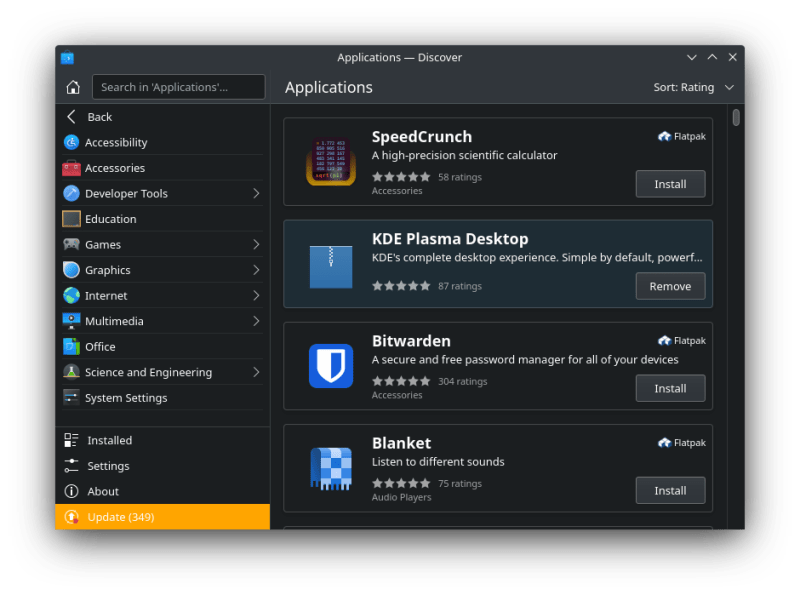
In addition to that, the entire KDE community is super busy adding new applications and tools to the arsenal.
Many of them stand out among the available applications like Krita, Kdenlive, Kate Editor, and more.
GNOME also features numerous applications by default. While it could be a sufficient list for most users, it falls short on the catalog compared to KDE.
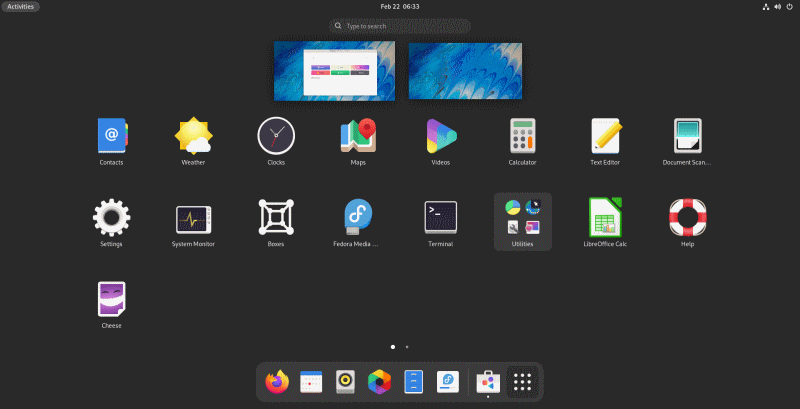
I do not find myself using many apps by GNOME.
And, it is worth noting that the KDE applications that come with the desktop environment get faster improvements when compared to GNOME’s default applications.
It is just a personal observation, considering the development updates by KDE when compared to GNOME applications. However, this can change with time.
What’s Best for Customization?
KDE is the superior choice if you want to tinker and take control of the user experience.
Don’t take my word for it; you can follow our KDE customization guide to know the available options.
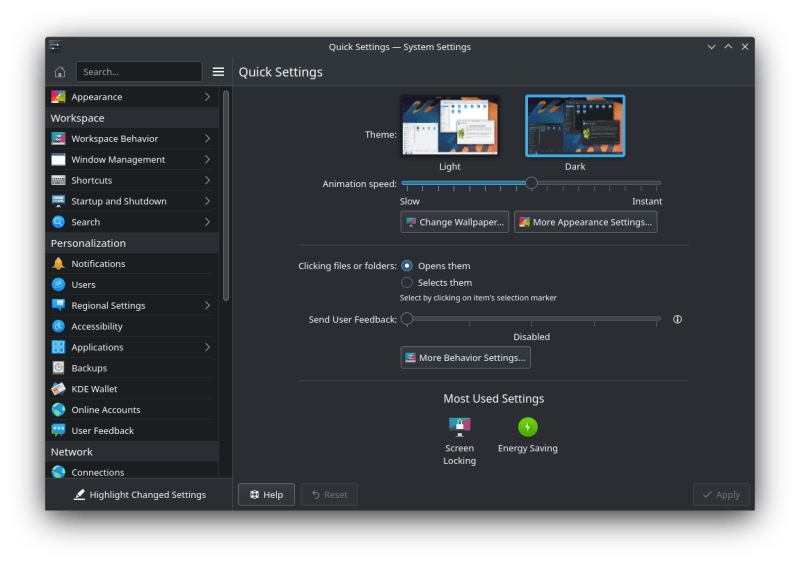
Not just the ability to customize, but you get a lot of control out-of-the-box for changing the theme, color, workspace effects, window management, and more without the need for any particular application/extension.
For some, the availability of options may not make a difference if you want to stick to the stock experience, no matter what.
As for GNOME, you do not get a lot of out-of-the-box controls. Instead, you will have to rely on GNOME Tweaks or extensions to make some changes. But, yes, you can customize the experience to a good extent.

Also, note that GNOME 42 was not available as a stable release at the time of writing this. So, you can expect a system-wide dark mode implementation and some improvements in look/feel.
Of course, it’s not an apples-to-apples comparison, considering both offer different GUI elements and layouts. However, KDE gets the pick for users who want more control and customization options.
GNOME is suitable for users who do not want many options. If you like what GNOME offers and are willing to customize the experience with extra effort, you can also do that.
Extra Abilities: KDE vs GNOME
As mentioned earlier, GNOME offers extensions to add more functionality to your current configuration.
You can head to GNOME’s shell extension website to explore options, or take a look at our list of the best gnome extensions.
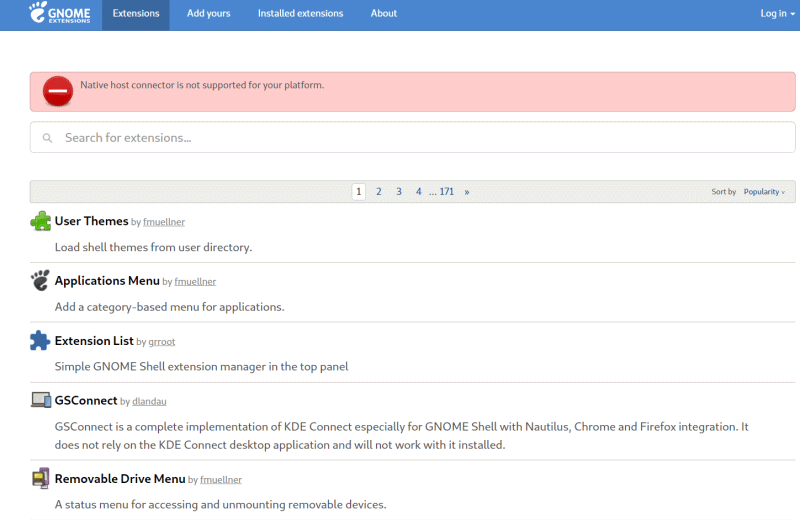
GNOME extensions make it easy to do a bunch of stuff, like automating what workspace an app launches using the auto-move window switcher.
There are all kinds of extensions to improve your workflow and make things easy.
However, the extensions depend on the GNOME shell version. Moreover, due to radical changes from one version to another, GNOME extensions could stop working with future releases.
On the other hand, KDE offers a bag full of add-ons, widgets, and application add-ons as well.

Unlike GNOME’s inconvenient way of adding extensions from a browser (using another browser extension), you can access KDE’s add-ons using the Discover software center directly.
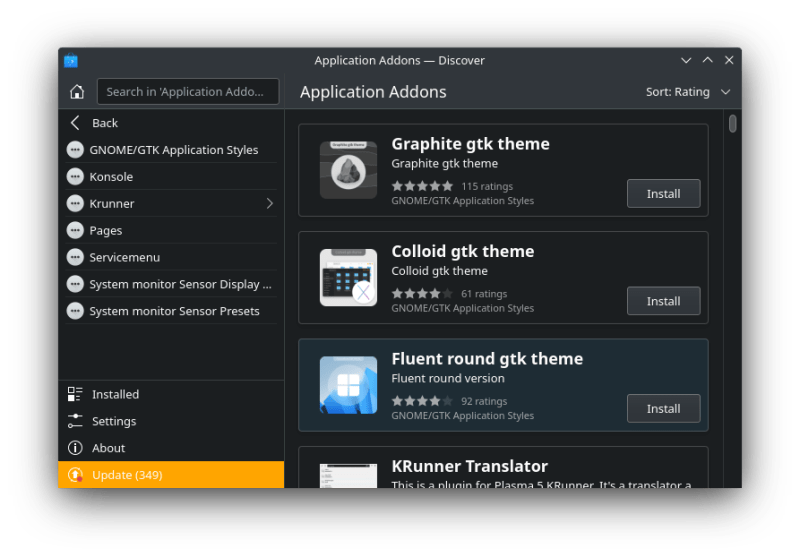
So, it becomes a seamless experience to add extra functionality or a theme without following a separate set of steps.
Not to forget, tools like KDE Connect offer extra abilities, letting you connect your phone with your PC.
Overall, you can extend functionalities on both, but if you want more options, KDE takes the edge.
Accessibility Options
While KDE does a fantastic job on several aspects, the available abilities to enhance the accessibility of the desktop are extremely limited (like the absence of a screen reader out of the box).
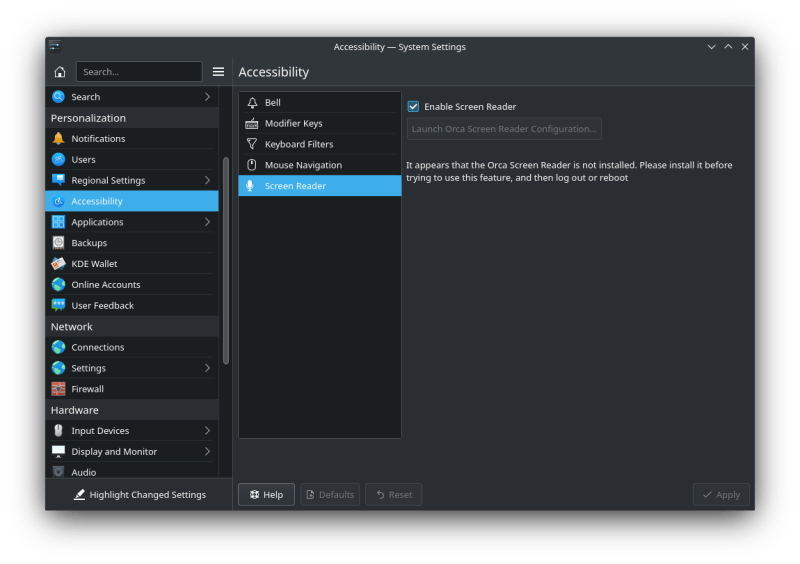
It is a possibility that the developers are testing the screen reader functionality with the Orca Screen Reader app, hearing/visual aids for the desktop, but with KDE Plasma 5.24, it’s not useful enough.
As one of our readers pointed out, KDE can’t talk before or after installation. So, it’s a not an option for them.
However, GNOME does a better job with the availability of a screen reader, visual alerts, screen keyboard, sound keys, click assist, and more options.

So, if a user relies on accessibility options to use the desktop, GNOME should be the pick.
Is KDE Faster than GNOME?
It is important to have a desktop environment that works efficiently with available system resources. This is incredibly significant if you want to multitask and do not have an extreme configuration to back it up.
KDE is generally considered faster than most other desktop environments because it is light on resources.
However, to give you a reference, I created two VMs (Fedora 35 and KDE Neon User Edition) to provide some idea before you proceed to try.
Both the VM setups shared a similar resource configuration with two cores allocated and 8 GB memory, and here’s what we have:

The resource usage is a screenshot with nothing running in the background, right after turning on the VM.
In contrast, KDE-powered distro KDE Neon proved to consume less than 1 GB of RAM without the spectacle, screenshot app running in the background.

Even with the screenshot app running, it consumes fewer resources out of the box.
If that doesn’t convince you, there have been numerous reports in the past like Jason’s that have mentioned KDE as the lighter desktop environment over XFCE as well.
Available Distributions: GNOME vs KDE
Most of the popular offerings feature GNOME as the default (or the only) desktop environment. Fedora, Ubuntu, and Pop!_OS are popular examples.
You should find numerous distributions with separate GNOME editions.
As for KDE, you can try exploring our list of KDE-based distros, or seek options like Kubuntu. You may not find KDE as the default choice for most mainstream distros, but you should find a KDE variant for almost everything.
So, What Should You Pick to Define Your Desktop Experience?
The choice of desktop environment gives you the desktop experience you want.
If you want simplicity, performance, and numerous options/tools, KDE should be an evergreen choice.
If you want a modern/cleaner look and do not mind the different layout (or user experience) GNOME can be a fantastic addition.
While GNOME may not be able to give you the same amount of control, you can still do many things with it. Pop!_OS gives you an example of having GNOME as the desktop environment and adding extensions/functionality on top of it to make it a polished desktop distribution.
So, you would need to evaluate what’s more important to your user experience.
My take: I’d pick GNOME over KDE for a unique/polished desktop experience.
What would you pick? Let me know your thoughts in the comments section below.
Frequently Asked Questions: If You’re Still Confused to Make a Choice
You might have some questions after reading the comparison, so I’d like to address some of the potential ones:
1. Why is KDE not Popular?
KDE is arguably the second-most popular desktop environment after GNOME. However, it isn’t the default choice for mainstream distros and popular options like Ubuntu, Pop!_OS, Fedora; hence, you get to see GNOME around you.
2. Is GNOME more stable than KDE?
Both the desktop environments have been built by a skilled team of developers, with regular fixes and improvements.
GNOME has had multiple radical changes so far. So, in that way, KDE can be considered a more consistent and stable experience.
3. Is KDE Faster than GNOME?
While we have already tried to address that in our article, it should be noted that the performance depends on what you do and the available system resources.
For some users, the least resource consumption can be a big win. And, for some, with more available resources, the differences fade away.
4. Is KDE Better than GNOME?
KDE features more applications, customization options, and extra functionalities. However, it can be overwhelming for users who do not want access to any such options.
If a user prefers a clean user experience providing a modern look, GNOME can be a better pick.
Ultimately, it’s all about your preferences, not the advantages of a desktop environment.
